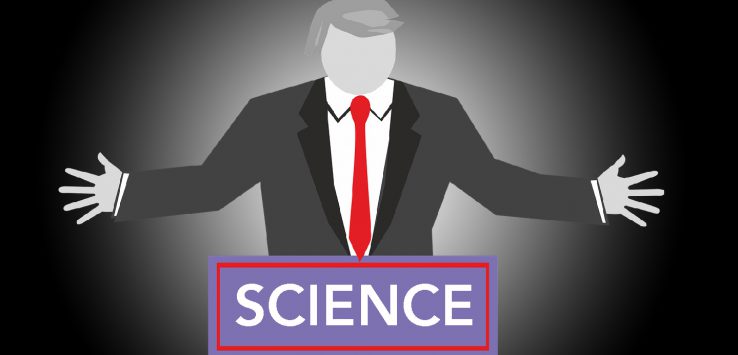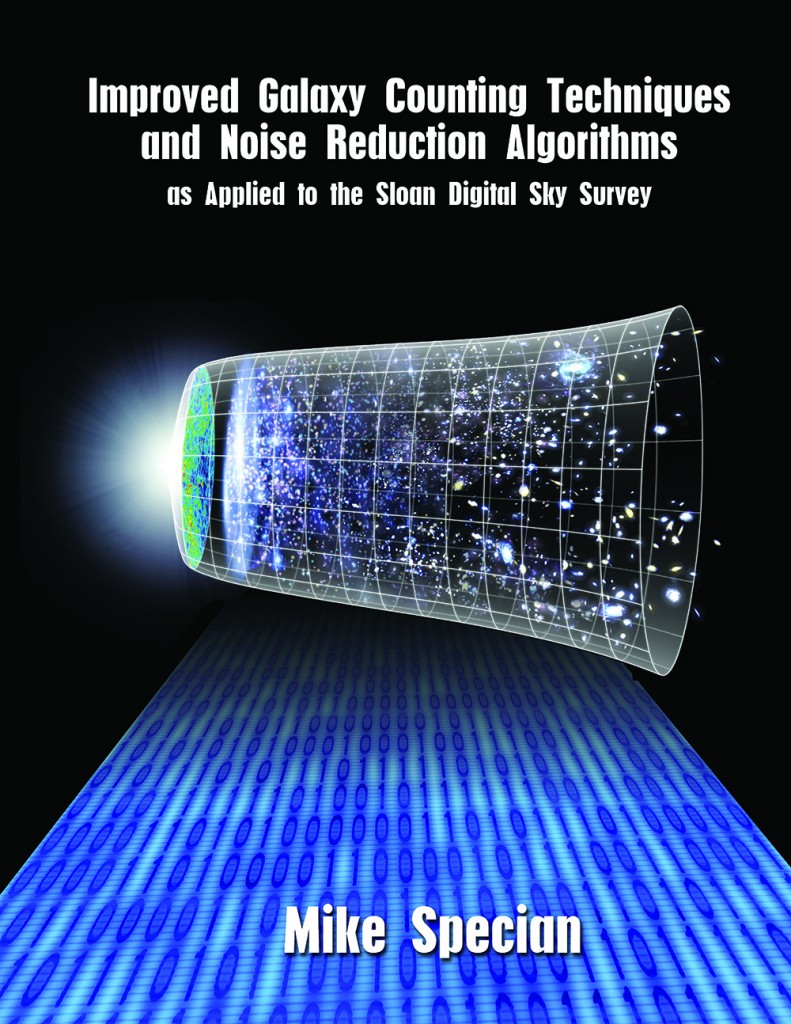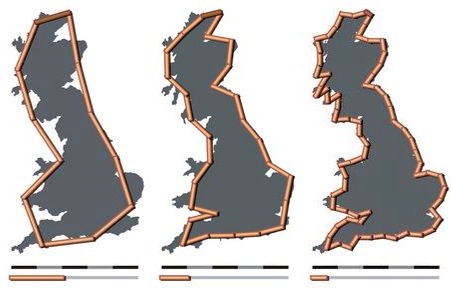In 2011, the Center for Astronomy Education requested applications for young scientists and educators to attend a week-long conference on astronomy education. The conference promised to impart the latest in pedagogical research to help develop a new crop of talented astronomy educators. As someone with years of tutoring experience under his belt, plus an astronomy curriculum I wrote for the Center for Talented Youth, I thought this was an excellent opportunity to improve my skills.
Oh, and one other thing. The conference was in Hawaii.
More specifically, the conference was held in a resort on the northeastern shore of Hawaii’s Big Island. Despite being the largest of the Hawaiian islands, Hawaii’s Big Island contains a disproportionately small fraction of the state’s overall population. Part of this has to do with geography. The Big Island is extremely hilly, and a substantial portion of its surface is covered in metamorphic (i.e., volcanic) rock. Moreover, instead of Oahu’s spectacular beaches, the younger Big Island features many more rocky, cliff-like coasts. It also lacks a Pearl Harbor and the military workforce needed to service it.
However, that does not mean the Big Island is without its appeal. The island contains 10 different climate zones, spanning everything from hot desert (e.g., Ka’ū) to alpine (e.g., peak of Mauna Kea). After my time with the conference had concluded, I took the opportunity to drive all around the Big Island, capturing the photos that you can see by clicking on the gallery button below.
These photos largely focus on four areas. The first is the low-elevation interior containing windswept hills, biological reserves, and even a cave. The second is Mauna Kea, one of the highest, driest, and darkest locations on Earth, and an absolutely ideal location for astronomical research. The third is Volcanos National Park, home to active volcanos that are usually expelling lava, though unfortunately not on my trip. The fourth is the Kohala coast in the northern section of the island, which I toured via helicopter.












